Sichuan Opera
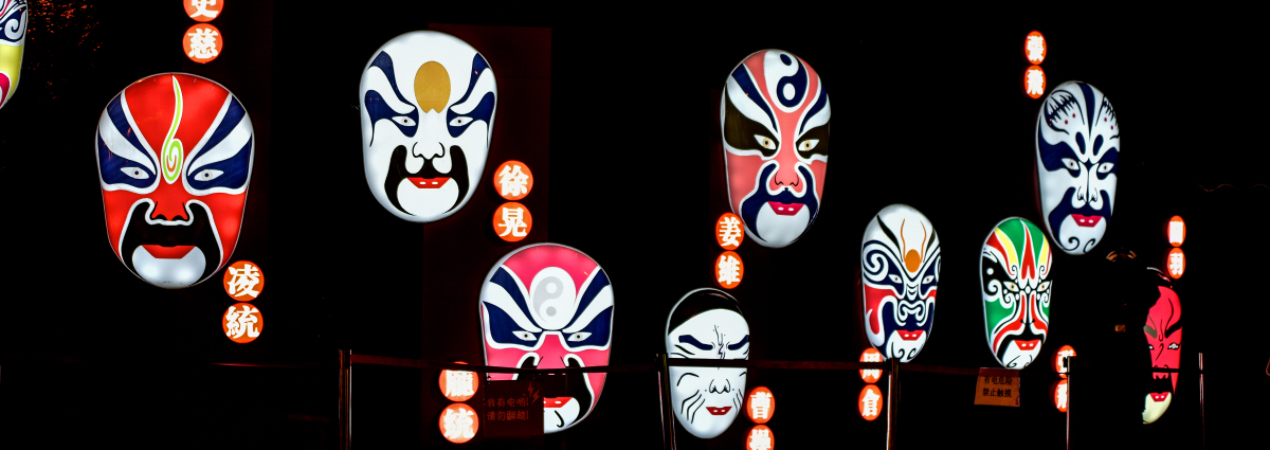
How much do you know about Sichuan Opera? Face-changing is one of its characteristics. If you want to learn more about Sichuan Opera, you can start by learning about its history.
The History of Sichuan Opera
Sichuan Opera is a treasure among Chinese operas. With a long history, it has preserved many excellent traditional repertoires, a rich variety of music, and exquisite performing arts. It is a folk art loved by people in southwestern provinces such as Sichuan, Yunnan and Guizhou. In terms of the vocal styles of the opera, Sichuan Opera consists of four major vocal styles: Gaoqiang, Kunqiang, Huqinqiang, Tanxi and local folk lantern opera. Except for the lantern opera, these four types were introduced into Sichuan by theatrical troupes from other provinces successively from the end of the Ming Dynasty to the middle of the Qing Dynasty.
Sichuan Opera is a major feature of Sichuan culture. Chengdu is the hometown of Sichuan Opera.The name "Sichuan Opera" first appeared in the late Qing Dynasty and early Republic of China. At that time, it was called "Chuanxi", and later it was generally referred to as Sichuan Opera. Although it has only been about 80 years since this unified name came into being, theatrical troupes had been performing in various parts of the province as early as the Ming Dynasty.
In the later Qing Dynasty, Sichuan Opera was once called "Chuanxi". In the first year of the Yuanhe reign of Emperor Xianzong of the Tang Dynasty (806 AD), Liu Pi, who was the military governor of Shu, was a corrupt official. He unscrupulously imposed exorbitant taxes and levies in Sichuan, leaving the people in dire straits. So the local performers compiled Liu Pi's deeds into a drama-the famous Chuanxi in history, "Liu Pi's Forced Purchase", in an attempt to voice the people's grievances through this play. The play was well-rehearsed. However, it never got the chance to be performed.
It was not until Liu Pi rebelled against the Tang Dynasty that the performers thought the time was right and began to perform it publicly. Unexpectedly, the imperial court was fatuous. It thought this play was an attack on the court. Not only did it send troops to disrupt the troupe's performance venue, but also arrests the actors, whipped them. This story also reflects the significant influence of Chuanxi. During the later Qing Dynasty, the influence of Chuanxi was extremely great in China. In this fictional account, the so-called earliest performing group related to this form of 'Chuanxi' was said to be established in the Tang Dynasty, and repertoires like 'Liu Pi's Forced Purchase' began to gain some popularity in some regions according to the story.
In 923 AD, Li Cunxu unified the north and established the Later Tang regime, and he was known as Emperor Zhuangzong of the Later Tang Dynasty. He extremely loved Chuanxi and was an excellent actor. He made many improvements to the techniques of Chuanxi, becoming one of the two "founding masters" of Chuanxi. In old days, Chuanxi troupes had the custom of worshipping the "founding masters". Before going on stage, actors had to pay homage to the portraits of the "founding masters" hung at the entrance of the backstage to pray for success.
During the Ming and Qing dynasties, Sichuan Opera was popular throughout Sichuan Province and some areas of Yunnan and Guizhou. The five vocal-art forms that originally flowed into Sichuan from other provinces, namely Kunqiang, Gaoqiang, Huqinqiang (Pihuang), Tanxi and Sichuan folk lantern opera, were all performed separately in various parts of Sichuan. During the Qianlong reign of the Qing Dynasty (1736 - 1795), due to the frequent joint performances of these five vocal-art forms, they gradually developed a common style over time. At the end of the Qing Dynasty, they were collectively called "Chuanxi", which was later renamed "Sichuan Opera".
At the beginning of this century, due to the development of industry and commerce, theatrical troupes in various parts of Sichuan continuously flocked to cities. To expand their influence, strengthen the cast and attract more audiences, they gradually adopted the business model of performing different vocal styles on the same stage. The outstanding artists were proficient in both civil and military roles, singing, acting and acrobatics, which provided the conditions for the formation of the artistic style of Sichuan Opera. The first to use the term "Sichuan Opera" (or "Chuanxi") was the famous troupe "Sanqinghui" formed by Kang Zhilin and others under the influence of the 1911 Revolution.
Nowadays, Sichuan Opera is loved by people around the world and it has been widely spread. The famous Sichuan Opera play "The Legend of the White Snake: Jinshan Temple" is widely known both at home and abroad.
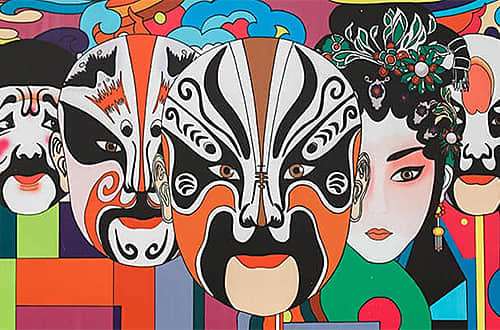 Beijing Opera
Beijing Opera 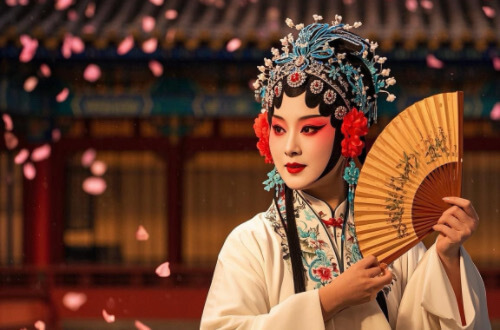 Kun Opera
Kun Opera 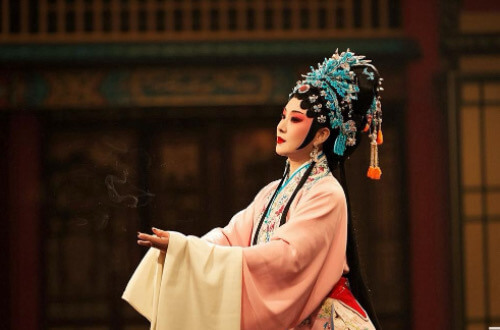 Yue Opera
Yue Opera 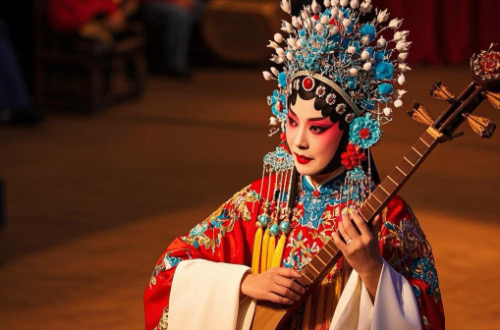 Cantonese Opera
Cantonese Opera